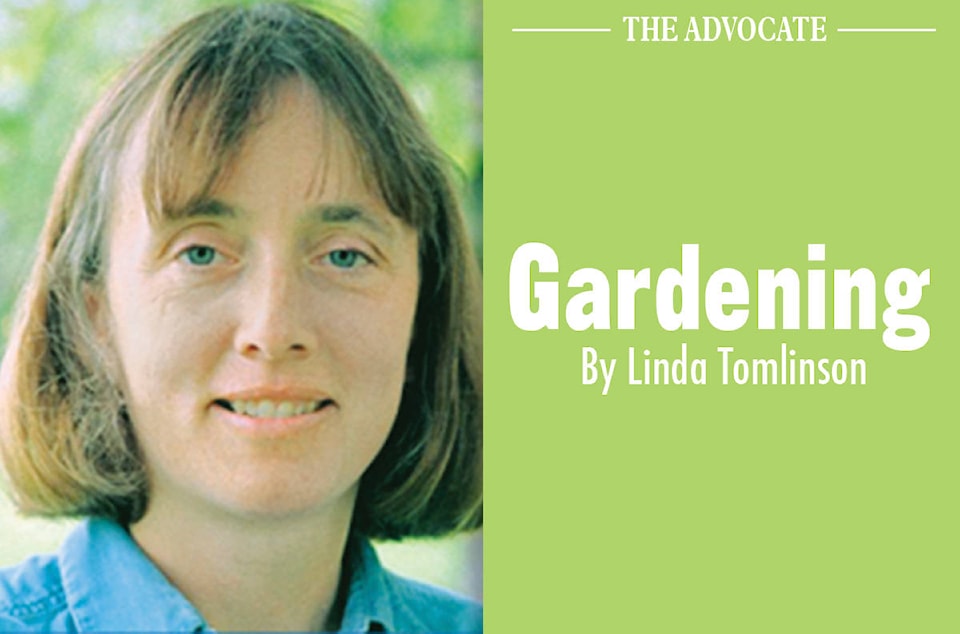The Hampton Court Royal Flower Show, put on by the Royal Horticultural Society of England, is the biggest Flower Show in the world. One of the most impressive displays this July was Battlefields to Butterflies built by Her Majesties Park staff to honour 24 park staff that died in the First World War. The display was to honour the men lost and remind the living of other’s sacrifices 100 years later.
The initial landscape was of war time trenches that were shored up with handmade wattle fencing that was built on site. Eight hundred sandbags were placed throughout the landscape as they would have been in the First World War. Broken trees and bare ground surrounded the trenches. The display was enhanced by the relics supplied by the 10th Battalion Essex Regiment Living History. Relics included but were not limited to; barbwire, gun carriages, wheels horseshoes.
The second section of the display showed the evolution of the land. As time progressed the seeds blew in and settled into the disturbed soil. Plants self-seeded until it covered most of the exposed earth. While the larger parts of the trenches were sill visible other areas were covered with grasses and flowers, hiding the horrors of war.
The gardening crew drew information from the artist William Open’s depiction of Somme in 1917 for the first landscape. Flower plugs, Cranesbill, Loosestrife and Poppies that were some of the plants planted among the meadow grass in the display. These were the plants William depicted in his paintings and writings after he visited Somme a number of years after the First World War.
Nature does its best to heal itself. When the ground is disturbed, and left vacant it becomes a nursery for new plants. In the case of old war trenches, any plant that can help hide the destruction is better than nothing. The same cannot be said about areas of the landscape that are bare as often the plant that self-seed are the ones not wanted.
Weeds are plants that are growing where they are not wanted. Most weeds are not native to the area as native plants being part of the original ecosystem have insects, diseases and animals that eat them keeping their numbers in balance. Introduced plants often lack the balance, allowing them to flourish and crowd out other plantings.
A plant that produces a large quantity of seeds that germinate easily is in danger of escaping into barren or wild areas. If the plant spreads rapidly it will be put on the prohibitive or noxious weed list. If the pant has spread over decades and is found most places, the plant is considered a nuisance and it is unlikely ever to be eradicated. Plant on the noxious or prohibitive list are removed from the ornamental section of garden centres. As each province has their own list of prohibitive weeds, it is possible for uninformed gardeners to purchase prohibited plants from out of province venders. If spotted, these plants can be removed from yards and gardens to stop them from spreading.
Keep an eye on bare ground removing unwanted plants as soon as they appear. Removing plants when they spread into unwanted areas also keep them in check. Deadheading, removing spent flowers before they can produce seeds is one of the best ways to keep domestic plants from spreading.
Battlefields to Butterflies was a masterful landscape but one that would be hard for nature to duplicate in an area where weed seeds abound.
Linda Tomlinson is a horticulturalist that lives near Rocky Mountain House. She can be reached at your_garden@hotmail.com
